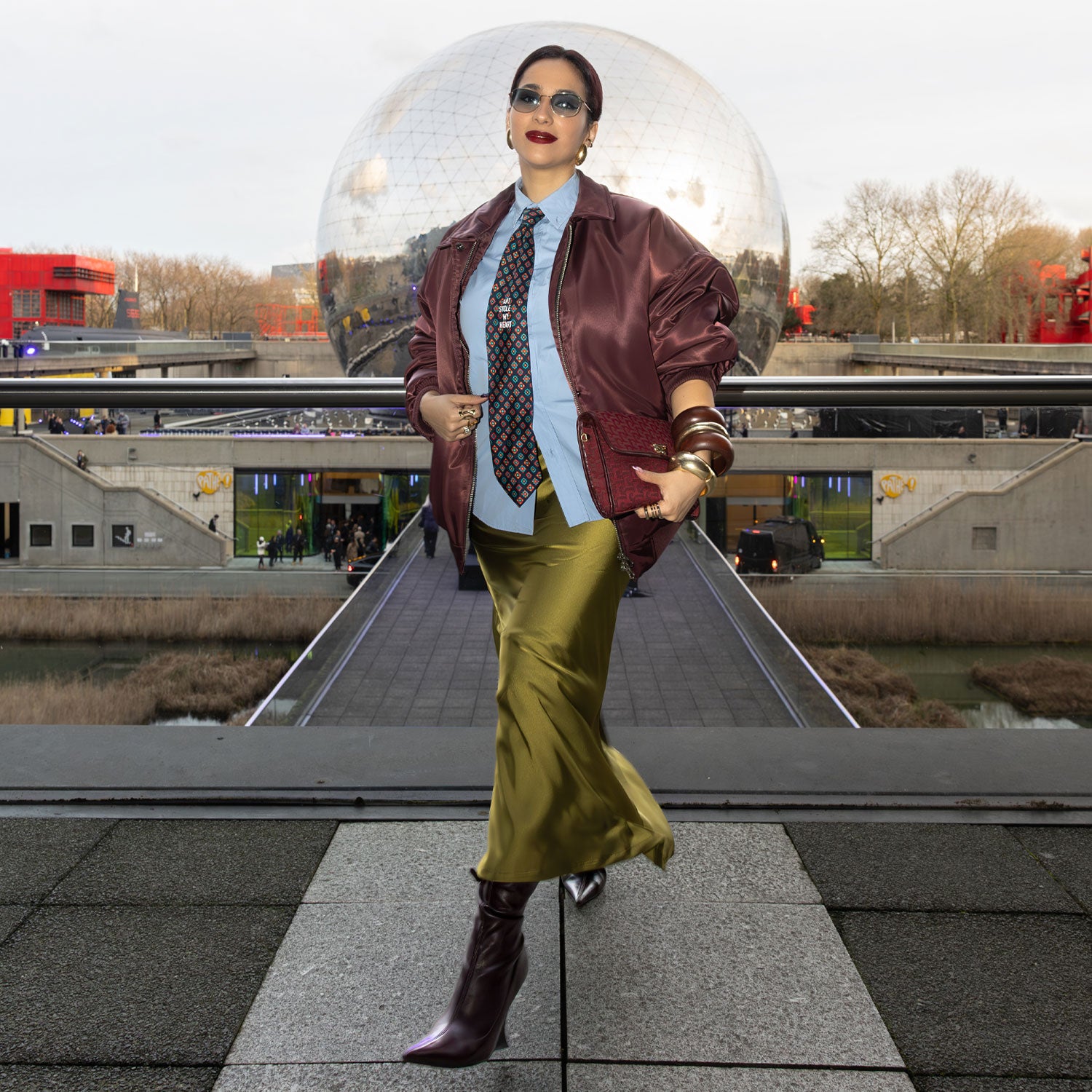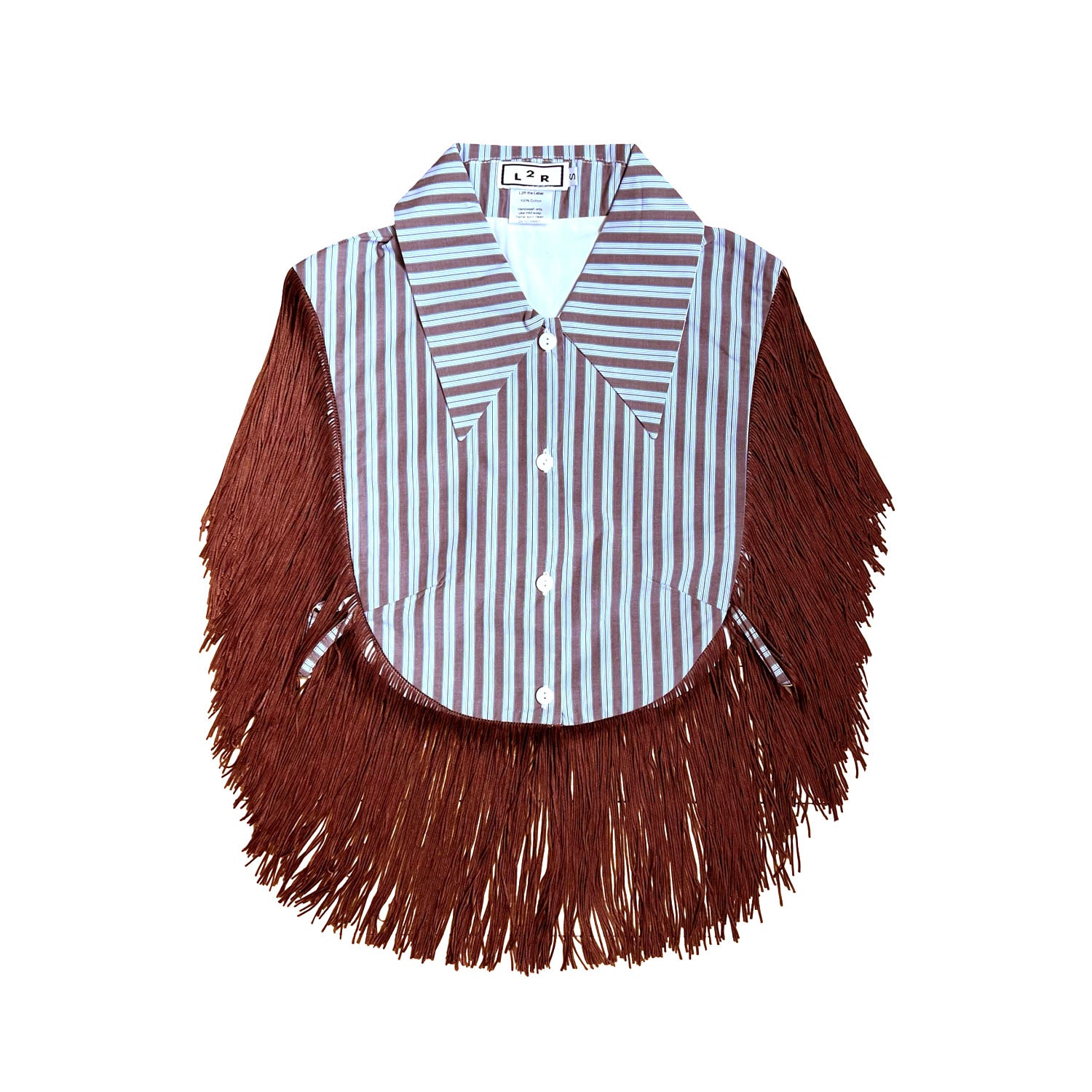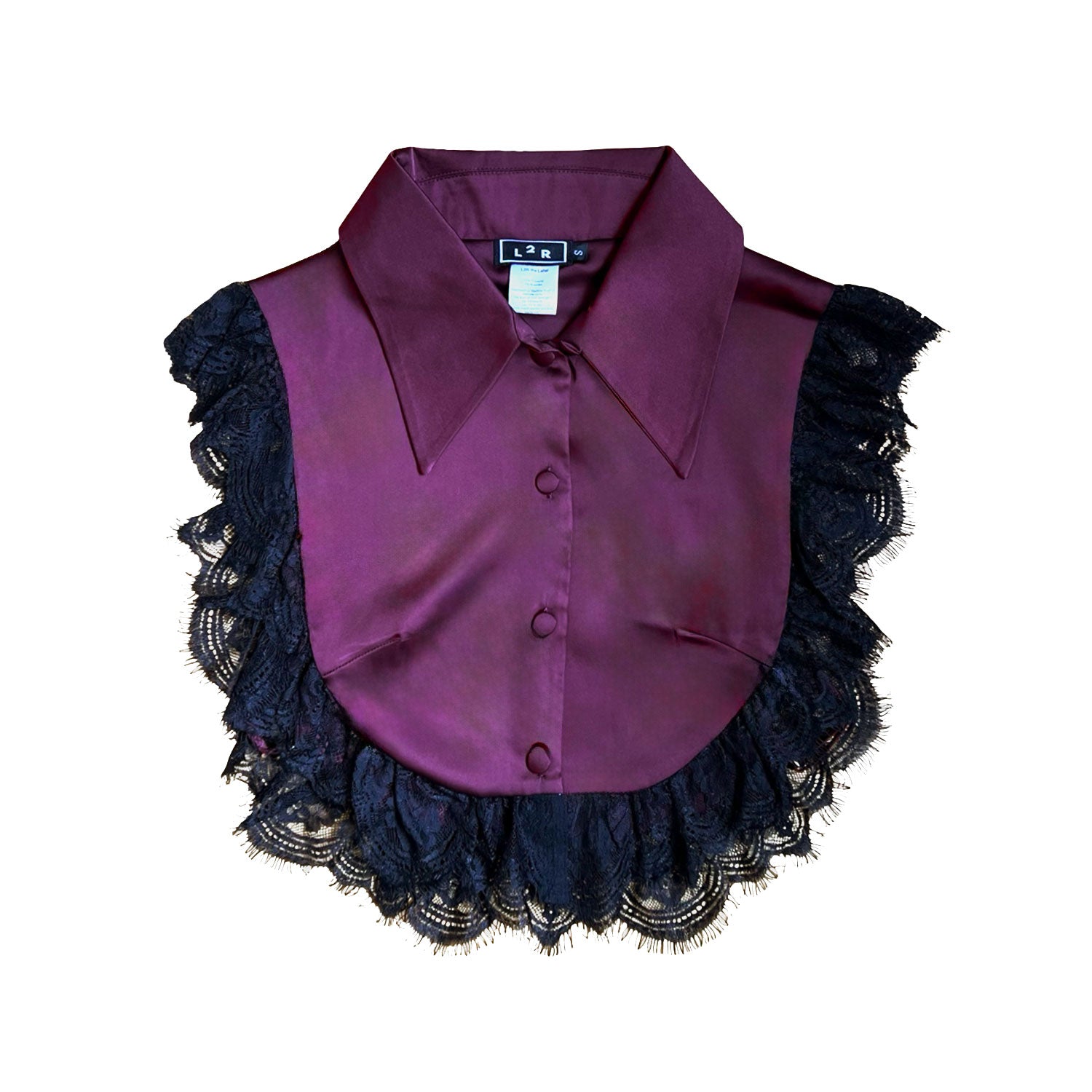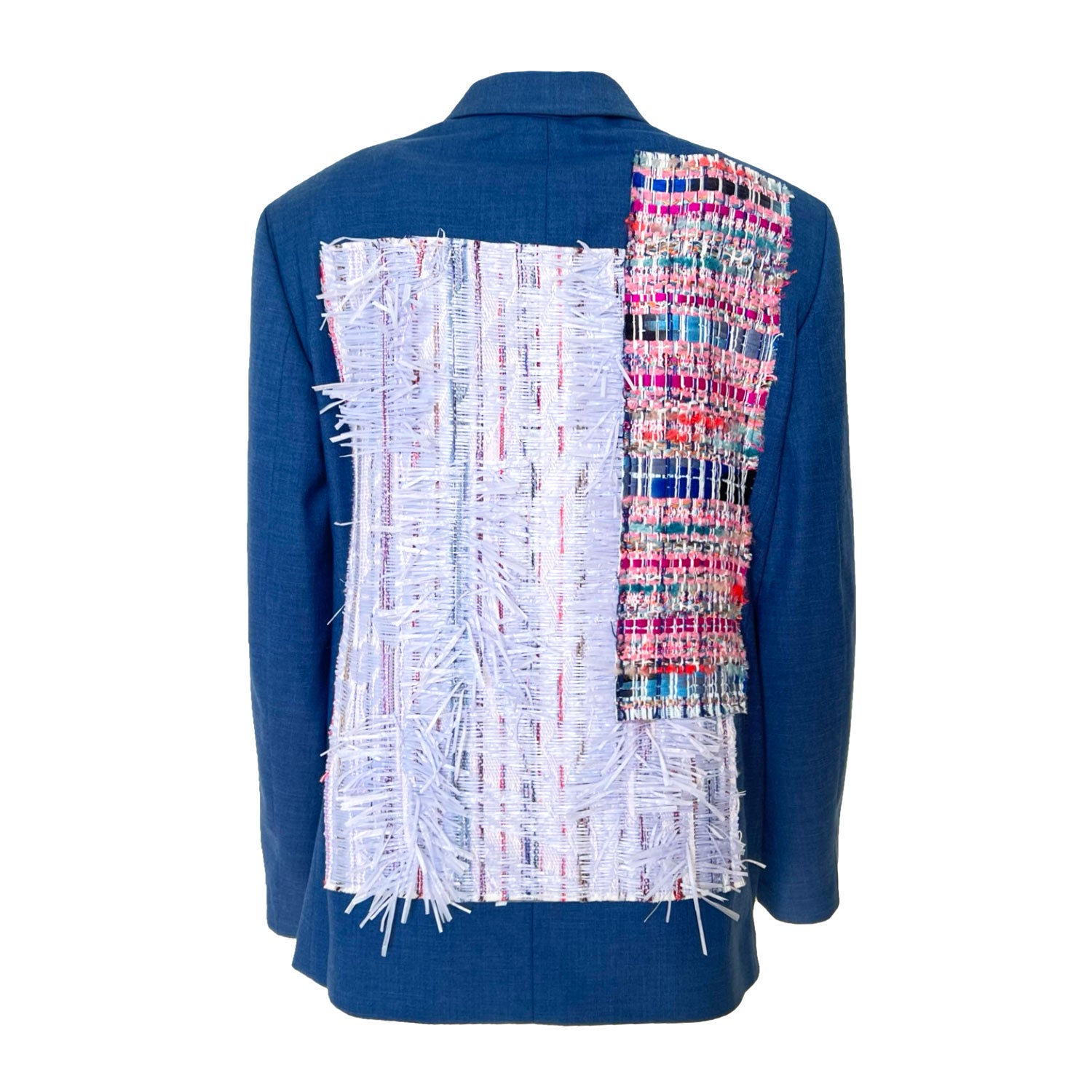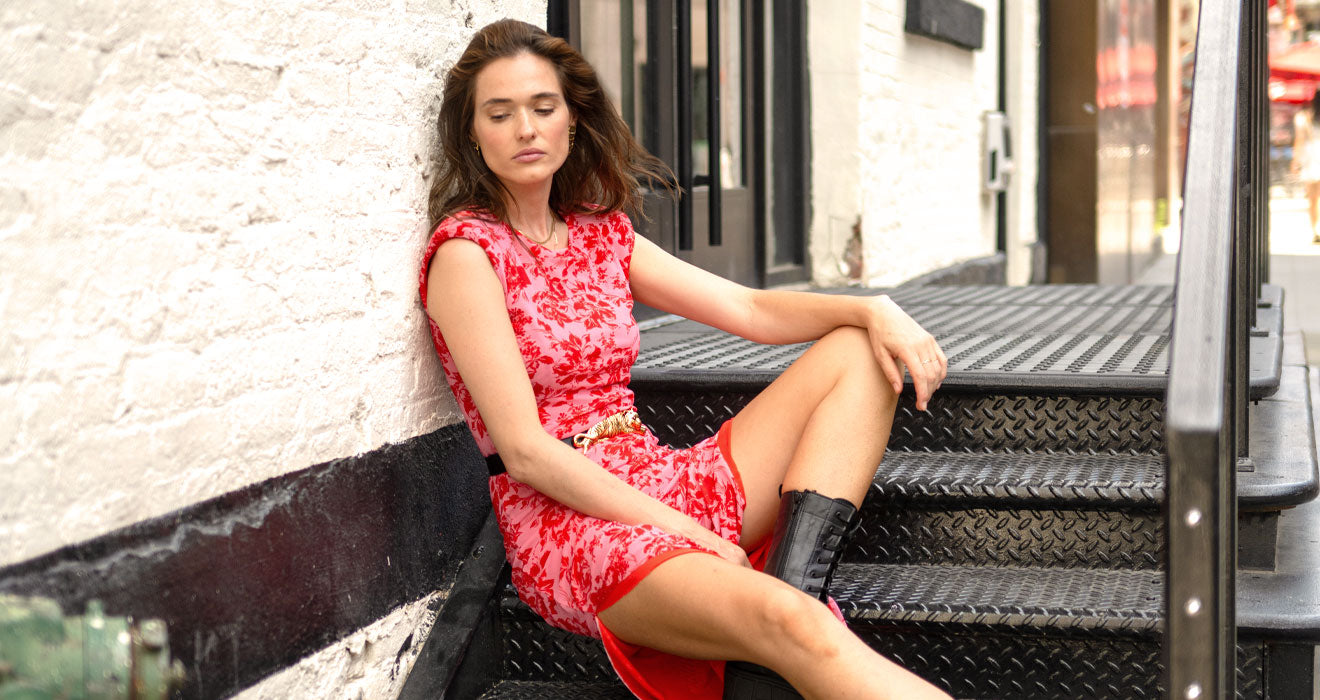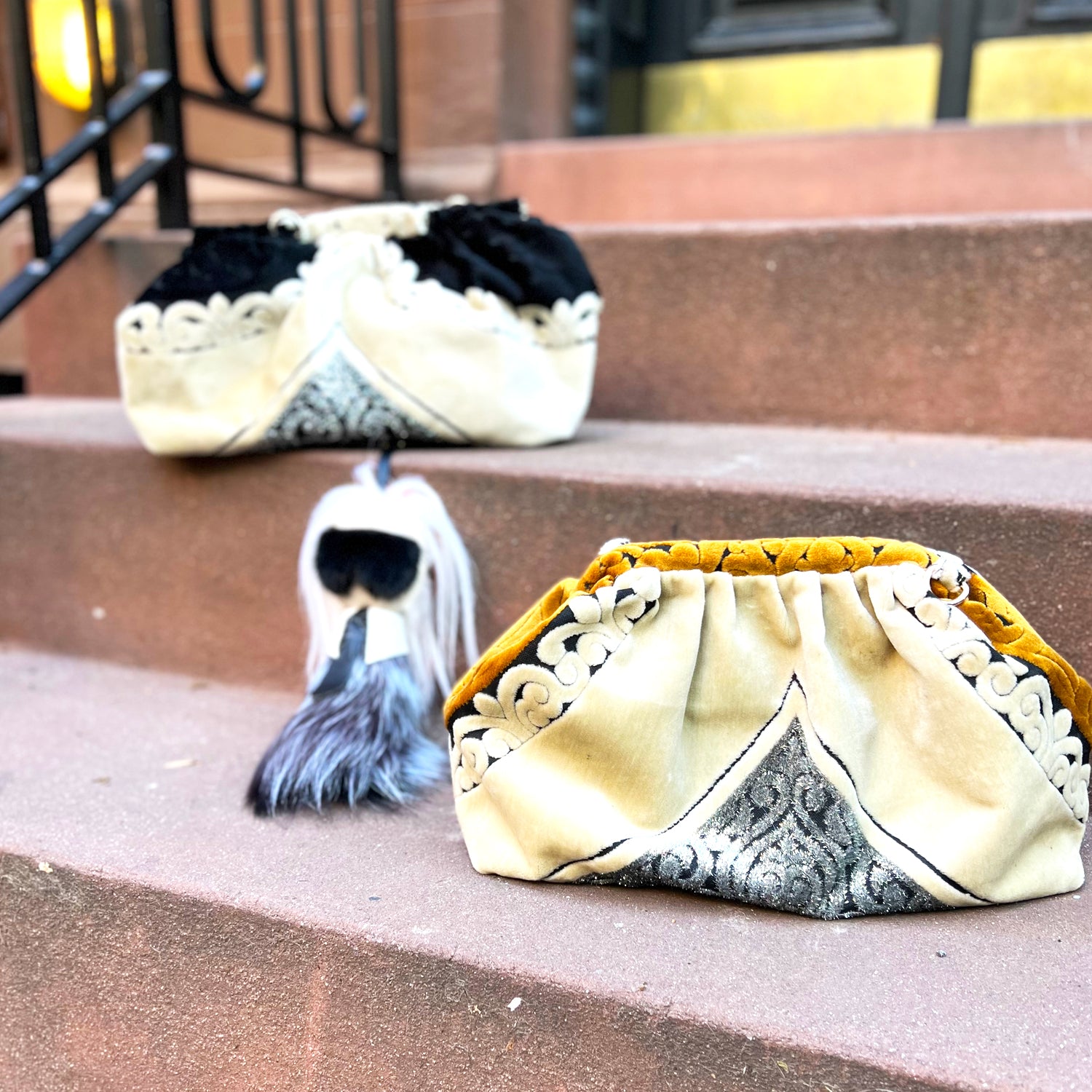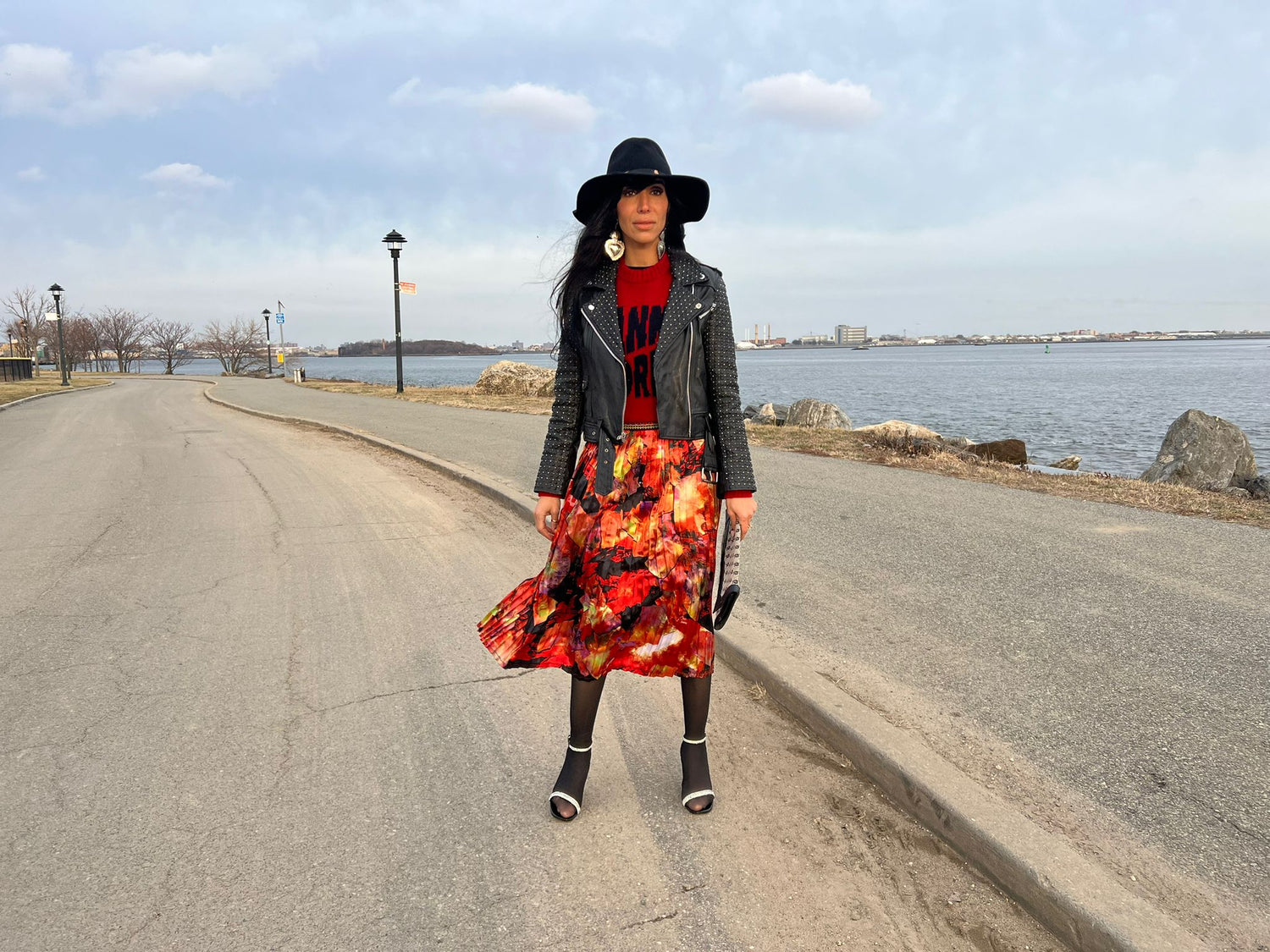
From Morocco to Manhattan, pleats are everywhere. Delicate, detailed, meticulous folds, and painstakingly precise processes, the pleated skirt continues to exude elegance, luxury, and sensuality, transcending trends and commanding designers’ respect across time and distance.
The history of the pleat has unfolded across the ages; from the ancient Egyptians to British royalty, and from the ever-elegant Marilyn midi, to classic schoolgirl minis, the pleated skirt has not only survived—it’s thrived. Haute couture interpretations, tradition, and innovative techniques have kept the pleated skirt ever-present and endlessly evolving through the generations.

A slow and considered process, the art of pleating has evolved under the hands of generations of pleat masters. Though fast fashion technology has stepped in to create cookie-cutter copycats, human touch, tradition, and experience remain at the heart of this time-honored craft.
Expect to see the pleated skirt making a bold entrance on the runway and the streets of New York this spring, with labels like L2R offering a modern twist on the timeless mainstay, with a bold palette, daring designs, and unabashed patterns becoming a centerpiece for the mismatching movement.

Transparency Begins at the Source
Using a collection of meticulously hand-chosen remnants, the brand stamps its signature on the pleated skirt, making a bold entrance this season. Going straight to the source, where the new collection of pleated skirts was born, L2R takes you behind the scenes to its Moroccan pleat masters, holding true to the brand’s zero-waste philosophy and commitment to transparency.
“We thought, what better way to be truly transparent than to take our customers behind the scenes and give them a sneak peek into the process to show exactly how our pleated skirts are made,” offers L2R designer and CEO, Ghizlane. “It’s not glamorous or fancy,” Ghizlane continued, “but it’s real—just like us.”

The Delphos Dress
History of the Pleat
History tells the tale of the pleat beginning in ancient Egypt when the technique was first applied. More than just fashion, the material used was as a badge of the wearer’s class, with the wealthier class donning the finest linen. Though the process used by these early dressmakers is up to interpretation, two processes have been suggested.
The first was that the cloth was folded, accordion style, then tied, saturated with water, and left in the sun to dry. Another possibility was that the cloth was pressed onto wooden boards with furrows, after which a glue-type sizing was painted onto the fabric to hold the pleats in place.
Three hundred years later, in the early 1900s, Spanish fashion designer, Mariano Fortuny is credited with inventing a pleating technique used to create the iconic ‘Delphos’ dress. Made from fine silk, the exquisite garment echoed the form of ancient Greek columns, showing off the natural curves of the female form.
Characterized by very fine pleating done through a manual process, the ‘Delphos’ consisted of four or five cloths of silk, satin or taffeta with up to 450 folds each. The Delphos was so finely pleated that it could be rolled up into a ball and still maintain its flowing lines when unrolled, yet so delicate that it could never be washed.
 The Pleating Process
The Pleating Process
Through the years, trained artisans have developed new and time-honored ways of pleating, a process that has found a place in contemporary haute-couture. Designers across the garment genre spectrum, from Chanel to Dior, have integrated delicately pleated patterns into their collections over the years.
In the 80s, when Japanese fashion designer Issey Miyake embarked upon his mission to explore the way fabric interacted with the human body’s motions and form, the artist began to experiment with pleating. And when ballet choreographer William Forsythe approached Miyake about creating a line of clothing for his production, he was inspired to innovate a type of pleating that would move seamlessly as the dancers floated across the stage.

Using a feathery lightweight knit fabric, Miyake introduced a technique called ‘garment pleating.” Using an oversized piece of cloth cut and sewn in the garment’s shape, the material was sandwiched between two layers of washi paper and fed into a heat press. Unlike its predecessors, these pleats were added after the skirt was sewn into shape, allowing the folds to remain permanently in the fabric’s memory.
These early experiments led to the introduction of “Pleats Please,” Miyake’s line of elegant and practical clothing that was easy to wear, care for, travel with, and transition effortlessly from work to play. First launched in 1988, the line became a brand of its own with the launch of the designer’s spring ‘94 collection. Pleats Please, which has since become entrenched in the fiber of the fashion industry, reflected Miyake’s fundamental concept that “design is not for philosophy, but for life.”

An art form and tradition passed on within families, and across generations, hand pleating has grown rare over the years, with fast fashion leaving the practice in the “hands” of machines. Though less expensive, mass-produced factory-made pleated skirts may appear to be the same as the traditionally-created garment, there is nothing quite as luxurious or exquisite as the human hand when it comes to the art of pleating.
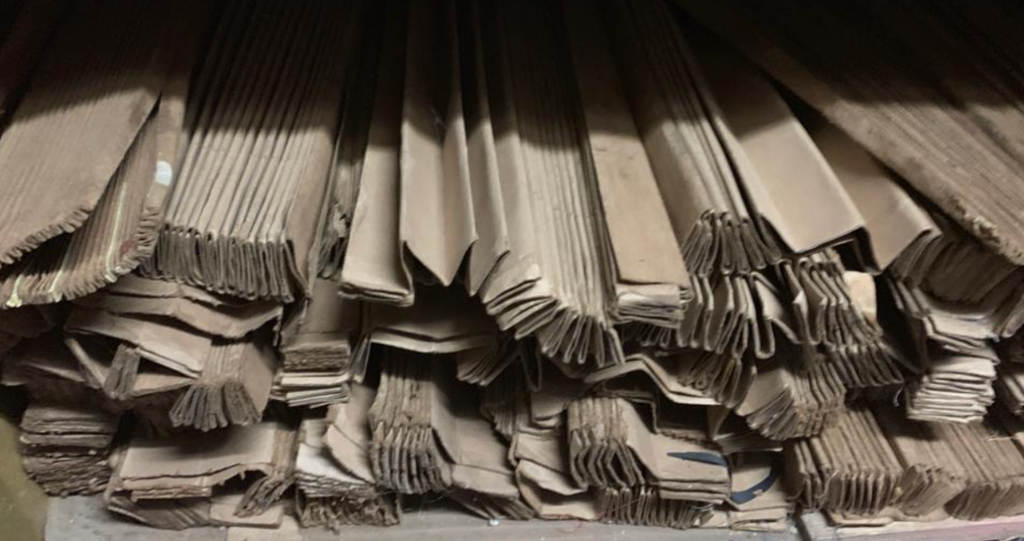
When L2R decided to explore creating a pleated skirt line of its own, Ghizlane went back to her Moroccan roots to find hand pleaters that not only embody tradition but would hold true and embrace the L2R zero-waste philosophy.
In a small tailor’s studio, pleaters take the preselected materials and follow a similar process to their pleating predecessors.
Pleat makers for more than four generations, L2R’s artisans use a process that involves placing fabric material between two intricately-constructed kraft paper molds. The fabric is gently tied to the molds and placed in an enclosed area (much like a sauna) and steamed.
Then the fabric is delicately untied from the mold. This pleating process is time and painstakingly slow, but the results are unmistakably worth it. Each skirt made by hand, one by one, means no two skirts are exactly the same.

Sustainable Style is Tailor-Made
Using a sustainable process from start to finish, no harsh chemicals are used and because the leftover steamed water is recycled, the environment is spared.
From traditional to trendy, sixteen bold and beautiful pleated skirts are the centerpiece of L2R’s newest collection.
Expected to have a presence on the runways at next week’s fashion week, the pleated skirt is the perfect accent piece for the transitional winter-to-spring wardrobe, the plated midi by L2R can be as easily paired with a hoodie, chunky sweater, or slouchy coat as it can be with a silky cami, structured blazer, or crisp white shirt.
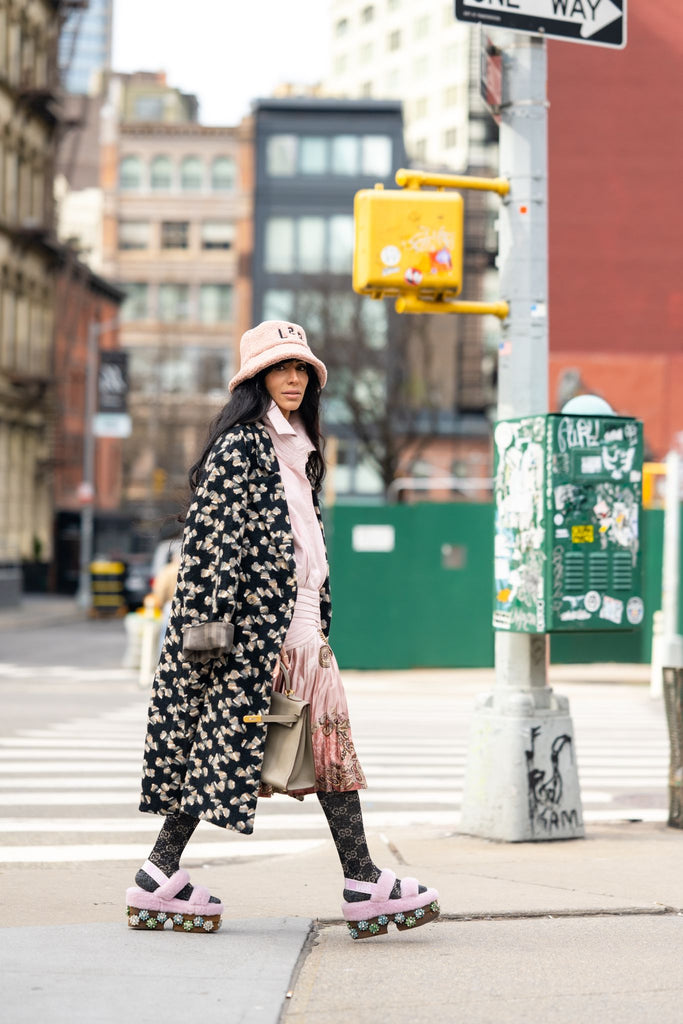
An understated and versatile wardrobe staple that will bring just the right amount of edgy and fun to any outfit, L2R’s sharply pleated crepe skirts are available in a variety of vibrant hues and dramatic prints. Designed in a slim silhouette, the pleated skirt was designed to flow effortlessly and move beautifully.
Cut from sharply pleated crepe, the L2R pleated skirt’s slim silhouette was designed to move beautifully with you. Delicately lined to add just the right amount of structure, using a similar design philosophy as Miyake’s Pleats Please line, our pleated skirt was made for real life, designed to stay true to its shape even when tossed in a backpack, shoved in a gym bag, or thrown in a tote.
 Embroidered Pleated Skirt in Animal Print
Embroidered Pleated Skirt in Animal Print
Each skirt is accented with a flexible elasticated waistband highlighted with bold geometric embroideries and contrasting hues to emphasize the waist.


